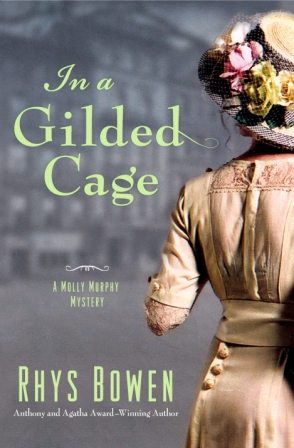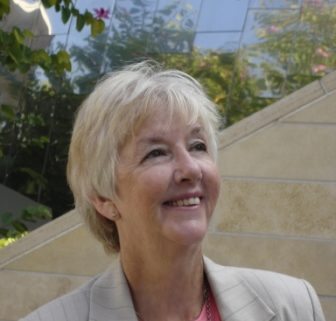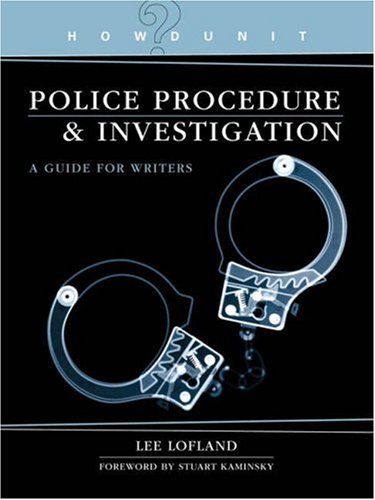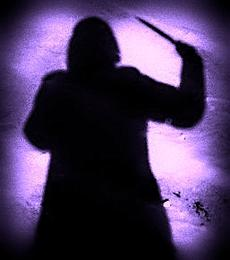Rhys Bowen: Sleuthing Without Forensics
Rhys Bowen’s mysteries have been nominated for every major mystery award, including the Edgar for best novel, and she has won seven of them. She writes three series, including the Constable Evans mysteries, set in the mountains of Wales, and the Molly Murphy Mysteries, set in turn-of-the-century New York City and featuring a feisty Irish immigrant woman. Summer 2007 marked the launch of a new and very different series, this one about a minor royal in 1930s England. It has been described as Bridget Jones meets “Charade” as told by Nancy Mitford.
Sleuthing without Forensics
Like everyone else I’ve enjoyed Lee’s blog for all the good forensic tips and insights. However, unlike most of my fellow mystery writers, I can’t use them in my books. You see, I write historical mysteries. My mysteries are set in the first half of the Twentieth Century, not that long ago, so you’d think that police detection was already quite sophisticated, but that’s simply not true.
My Molly Murphy books take place in New York City in 1903, but my heroine and her police captain beau have very few forensic tools at their fingertips. And speaking of fingertips, fingerprinting had been discovered as a method of identification, but fingerprints were not universally collected at a crime scene, because a fingerprint had never been admissible evidence in court at this date. What the police relied on more was the Bertillon method. When a suspect was arrested a detailed series of measurements was taken of all parts of his anatomy-circumference of his head, length of arm to his fingertips and so on. These were all kept on index cards (I’ve seen them in the New York Police museum) and they were used to see if the person arrested matched anyone who had committed a similar crime. As you can see, it was a cumbersome system and one that could potentially mis-identify an innocent person, including an identical twin or sibling. But they claimed it was highly accurate and the police stuck to it until the first US murder trial to admit fingerprints as evidence in 1910.

I’ve used poisons and blood types these books as by 1900 scientists had perfected a way to detect even small amounts of arsenic, and an Austrian scientist had standardized the blood grouping system. In my latest Molly Murphy book, In a Gilded Cage, a hair is examined for traces of arsenic. But this is New York City. I am sure that murderers were getting away with-well, murder-in less sophisticated areas. And the poor cops in those days. There wasn’t even a really workable flashlight for tracking criminals after dark. And how did they take notes in the field, when permanent writing required an inkwell, pen and blotter? Fountain pens had been invented but they were way beyond the means of the average policeman. Even watches were luxury items. My heroine longs for one and has to rely on church clocks to keep her appointments.
It was even harder for my sleuths, who are both female. Women were not allowed in saloons. A woman loitering on the street alone at night would be arrested for prostitution, and try chasing a criminal in a long tight skirt, petticoats, and narrow pointy shoes.
My other heroine, Lady Georgiana, is living in Depression-era London. You’d think that detection work had moved ahead by leaps and bounds, wouldn’t you? But in those days detectives were dispatched from Scotland Yard, when summoned by local police, and local police were often not astute enough to suspect a clever murder. And male policemen did not take kindly to the intrusion of a female.
So how do my sleuths find their man, or woman? Good feminine observation helps. Women notice details, overhear conversations, pick up body language better than men do. And feminine intuition doesn’t hurt either, neither does Molly’s Irish luck!
Lady Georgie has her share of Celtic luck too.
Rhys Bowen’s new book, ROYAL FLUSH, starring Lady Georgiana, “the mystery world’s favorite penniless aristocrat” according to a review, is in stores on July 7th. Details of Rhys’s signing schedule can be found on her website, www.rhysbowen.com
Visit her website and mention this blog for a chance to win several great prizes-a basket of English teatime goodies and signed copies of the book.

* * *
Author Terry Odell is giving away a copy of this fine book. Please visit Terry’s website for details.





From Terry Odell:
It’s never easy, is it? Technology makes current books obsolete almost before they hit the shelves. Never been much of a history student, I tend to read anything historical with a blind faith that the author got it right, since I’m anal about the facts in my books (technological advances notwithstanding.)
From Jonathan Hayes:
That’s really fascinating, Rhys; I’d never really thought about the challenges of writing historical mysteries. On the plus side, though, the historical writer doesn’t have to worry about the Internet, crimes caught by surveillance cameras installed all over our cities, and, worst of all… cell phones!
By the way, last week I filmed a segment for a Discovery Channel documentary on a possible Jack the Ripper suspect who had emigrated to the US. I was brought into the show to review the autopsy of a victim from New York city in 1891. I was really surprised by how good the autopsy was (better, actually, than the autopsies of the victims in London); even more astonishing, they had taken photos. This underscored that the tradition of the police surgeon was already underway in the late 1800s, and that serious technology (I think a camera would count for “serious technology” in teh 1800’s) was being used.
I had the rewrite today’s blog due to a technical difficulty. During that process I lost comments from Jonathan Hayes and Terry Odell. I’ve re-posted their comments below.